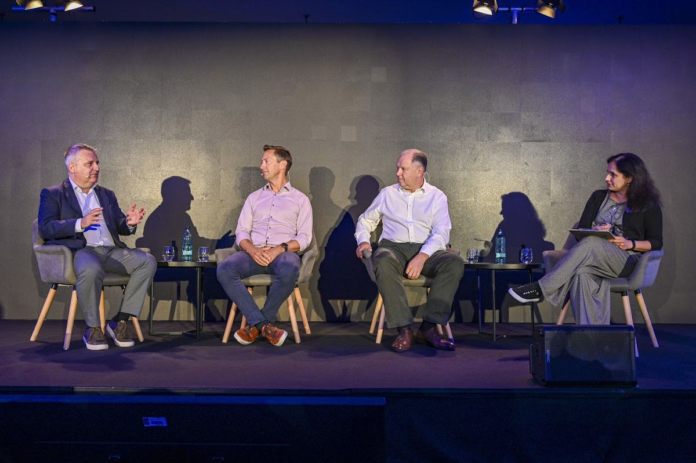The consumer quest for experiences is helping drive growth in the multi-day tours segment.
Since the end of the pandemic, one specialist in the arena claims to have grown from close to €50 million in sales in 2019 to a target of €300 million this year.
Speaking during the “Evolution of Tours” panel at Phocuswright Europe 2024, Exoticca chief executive Perre Valles also said the company had improved its unit economics and its gross margin.
“Our gross margin back in 2019 was around 20%. Today it’s 31%, so it has increased by more than 50% and obviously that helps the entire PNL. When you have as a starting point a gross margin of 31%, you can be very aggressive, investing in marketing and in customer acquisition and still make good money on the first sale to a new customer.”
Valles, who was joined by TourRadar CEO Travis Pittman and Dietmar Gunz, former chairman of the board at Falk Travel, also said that the company’s aim is to make complex itineraries as easy to book online as a flight or a hotel.
But even within that segment different business models exist from business to consumer to B2B marketplaces and some offering both. TourRadar, for example, aggregates content from large tour operators including Contiki, G Adventures and Intrepid as well as content from smaller players and destination management companies.
“The big difference between us from 2018/2019 to today is that we have actually really started to shift to a platform strategy,” Pittman explained.
“So thinking of Amazon, thinking of Google, how they’ve actually managed to build an ecosystem, we really think there’s so much digital transformation opportunity in this particular industry, 90% is still booked through offline travel agents or phone calls. We’ve really tried to build out the B2B side of the business. So we really see ourselves as a marketplace, B2C, but also building out the B2B component.”
Subscribe to our newsletter below
Later in the session, Pittman talked about multi-day tours being 10 years behind other industries technologically.
He added that as has happened with direct sales of hotels and airlines, DMCs and other tour providers are also looking to direct channels especially as newer channels such as TikTok enter the mix.
“I think there is going to have to be this balance between direct and third-party distribution, and that’s why we’ve sort of positioned ourselves in that way.”
Sitting somewhere in between is Falk Travel, which offers packaged travel as well as individual travel for the B2B market. According to Gunz, the company has no ambition to go direct, saying, “It’s not our DNA.”
It prefers to put its focus on figuring out consumer behavior and from there work out how distribution partners can fulfill customer needs and wants in the booking journey.
“Where we are spending most in terms of the development is trying to understand the evolution of the decision-making of the customer during the customer journey. When does he want to have more information? What flexibility does he have? … So it’s more an operational analysis of requirements during the customer journey.”
The discussion also touched on customization and educating consumers on the costs and complexities of multi-day tours as well as customer acquisition, particularly cohorts such as Gen Z.
See below for the full session moderated by Phocuswright senior vice president of research and product strategy Charuta Fadnis.
Executive Panel: The Evolution of Tours


